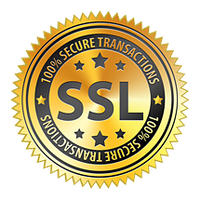This online snowboard lesson will go over Snowboard Safety Devices in Backcountry. The most important device is a way to track and find you. Bring a beacon, probe and shovel when going into the backcountry but your phone can be a survival tool as well. You’ll have access to all our snowboard tutorials when you signup that cover every step and feedback from your coach. We also have some free snowboard videos to prepare for ‘Snowboarding Backcountry’ on our YouTube Page. I recommend watching these snowboard videos; Snowboarding Moguls, Off Piste, Slope Faces, Snowboard Weather Patterns, Dropping Cliffs, Steep Chute Snowboarding, 5 Red Flags of Avalanches, Learning Snowboard Avalanche Conditions, & Heli Boarding. Learn to snowboard online with flowingfreeride.com, Take Placement Quiz, take a look at Our Blog for more free content, and learn to snowboard right!
There are apps for your phone that can find phones within a couple of feet based off of GPS. I’ve thought about developing an app for this very purpose. That is how powerful our phones are becoming. They not only allow you to communicate for help but also find your riding partner. You need to have a shovel and probe. Using your board or hands to shovel could waste precious time and you need the probe to find where to dig. The beacon is used to send out a signal and to receive. You need to practice using this equipment. Go bury your beacon and then have your mates go out and use their tracking beacon to find and dig out the hidden beacon. Most resorts that have backcountry access, have a practice course to use your beacons.
Flowing FreeRide Teamed up with the Utah Avalanche Center to promote Avalanche Safety 5 Red Flags of Avalanches. It really helps if you go out and take an avalanche class to get experience digging snow pits to see the snow layers. You’ll see what type of snow will likely slide or faceted snow with variation in the temperature not bonding well and fails causing slides. You’ll get basic skills on how to survey the terrain in the backcountry, what makes good snow pack and dangers. You’ll study about slope faces or aspects and get your splitboard out to skin up the slopes.
Walkie-Talkies are a good way to communicate on the mountains to beat bad cell phone service. Have the right equipment when heading out of bounds or in the backcountry. You can signup to get access to all of our snowboard lessons, study guides, text books, glossary, tests and direct feedback from your coach. Learn to snowboard online with flowingfreeride.com and take a look at our YouTube Page for more free content and learn to snowboard right.


